The prominent Scandinavian airline with a focus on Denmark, Norway, and Sweden has gone through a turbulent couple of years. Here’s the history of Scandinavian Airlines, also known as SAS.
It’s a challenge to live in Scandinavia without flying. Despite increasing fares, flights are often the most convenient way to travel across the region. That’s especially true in Norway where the country’s topography (hello fjords and mountains!) often makes ground transport inefficient.
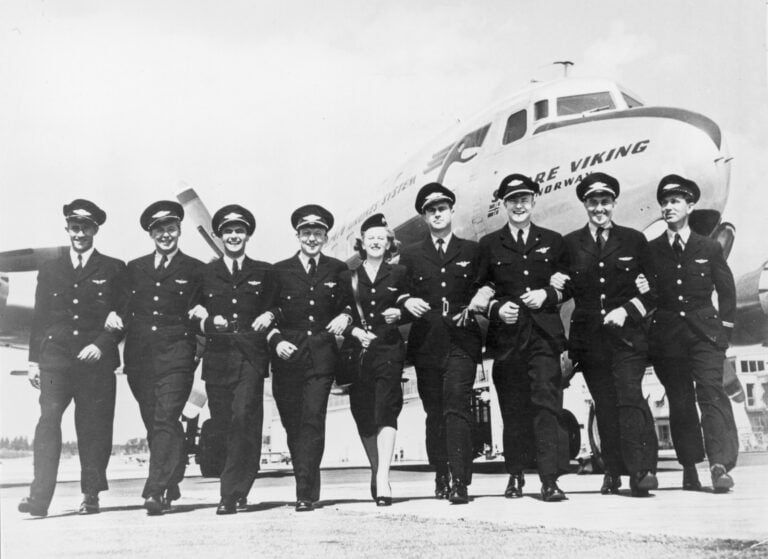
I took my first flight with Scandinavian Airlines (SAS) back in 2011, and have gone on to become a frequent flyer with the airline as I set out to explore Norway for this little media business of mine.
During that time, SAS has suffered some major ups and downs. Its glory days were in the 1980s but in more recent times the airline has struggled to compete with low-cost competition in Europe.
At one point, most aviation and financial commentators expected the end of the company. Even now as I’m writing this, the airline is under bankruptcy protection as it undertakes a radical restructuring, with Air France-KLM set to take a stake.
Whatever the future holds for SAS, it has a fascianting history dating back beyond the golden age of aviation. Let’s dive into the details, accompanied by some fantastic archive photography courtesy of the airline.
The Beginnings of a Pan-Scandinavian Airline
Once upon a time, in the realms of Denmark, Norway, and Sweden, there were three airlines: Danish Air Lines, Norwegian Air Lines, and Swedish Intercontinental Airlines. The first two were flag carriers, while the latter was privately owned.
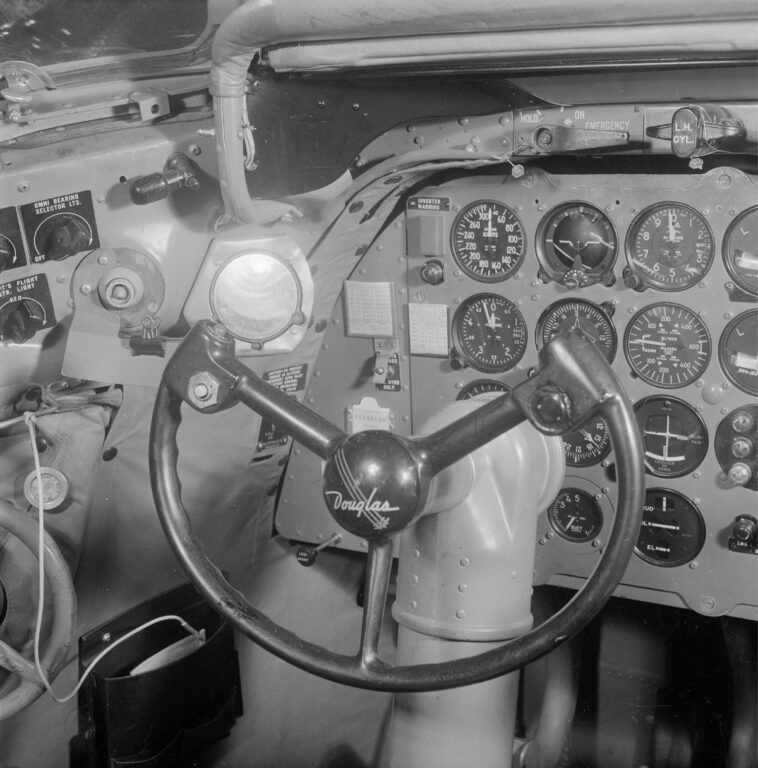
In August 1946, the three airlines united to form Scandinavian Airlines System, or SAS. With the winds of innovation beneath their wings, SAS embarked on a journey through the skies, pioneering many aviation endeavors from the pre-jet age to today.
SAS spread its wings with a focus on international flights. The airline's inaugural transatlantic flight took passengers from Stockholm to New York on 17th September, marking the onset of its longstanding legacy in long-haul flights to/from Scandinavia.
In six months, SAS established a new record by transporting the heaviest individual air cargo item over the Atlantic on a regular passenger flight, delivering a 1,400-pound electrical panel from New York to Swedish company Sandvik.
1947 saw SAS expand its reach to mainline European routes by adding AB Aerotransport, the Swedish flag carrier, facilitating an influx of passengers from beyond Scandinavia to continental Europe.
Flying Over the North Pole
Following in the footsteps of Scandinavian polar explorers, SAS was the first airline to begin a polar route.
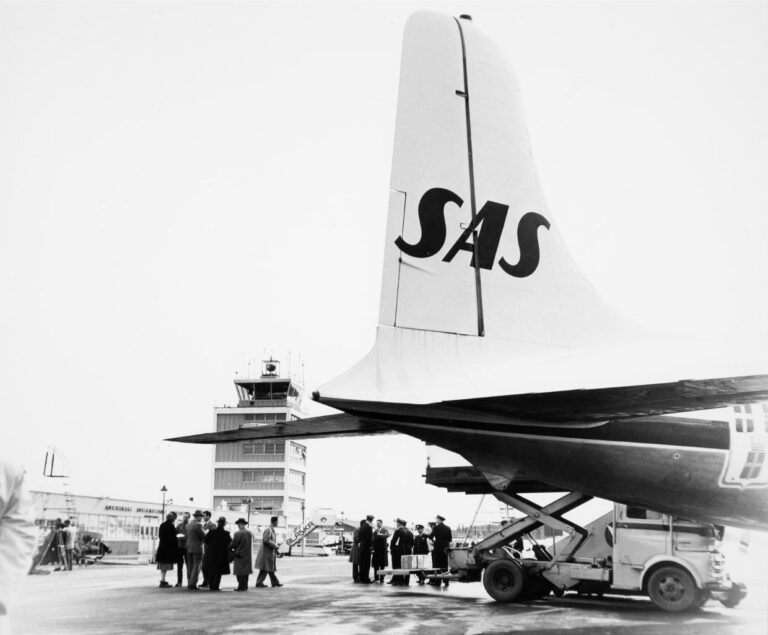
With visions of further connecting Scandinavia and North America, SAS blazed the trail with the establishment of the first such routes in the 1950s.
Because of the danger involved and difficulty of any subsequent rescue attempt, SAS made several test flights. Its first transpolar flight from Los Angeles to Copenhagen via Edmonton (Canada) and Thule (Greenland) took 28 hours in a Douglas DC-6B.
Tests continued, including flights from Los Angeles to Stockholm, and from Oslo to Tokyo. In 1954, commercial service began from Copenhagen to Los Angeles, with stops in Kangerlussuaq (Greenland) and Winnipeg (Canada).
Embracing the Jet Age
The dawn of the Jet Age brought revolutionary change, enabling SAS to carve out new pathways across the skies.
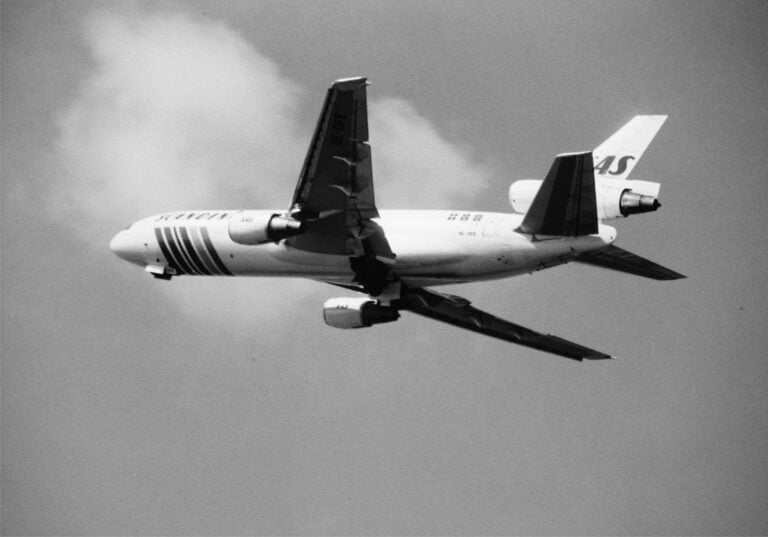
The addition of the Suds Aviation Caravelle and the Douglas DC-8 made distant lands more accessible and opening a plethora of possibilities for transatlantic travellers.
Creation of Star Alliance
The winds of the 1980s carried SAS on a journey of expansion. Investment in local and regional airlines was coupled with investment in passenger technology, including the first electronic ticketing system and a chain of hotels.
Such was the success of the hotels that SAS even opened one in Kuwait. By 1989, SAS's hotel division owned a 40% stake in the Intercontinental Hotels Group.
However, these expansive endeavours cast financial shadows upon the airline, leading it to consider mergers with several global airlines. This never happened, but their ambition persisted, eventually culminating in the formation of the Star Alliance.
Originally an agreement between five airlines, Star Alliance has since grown to a membership of 26. SAS remains a member of the alliance today.
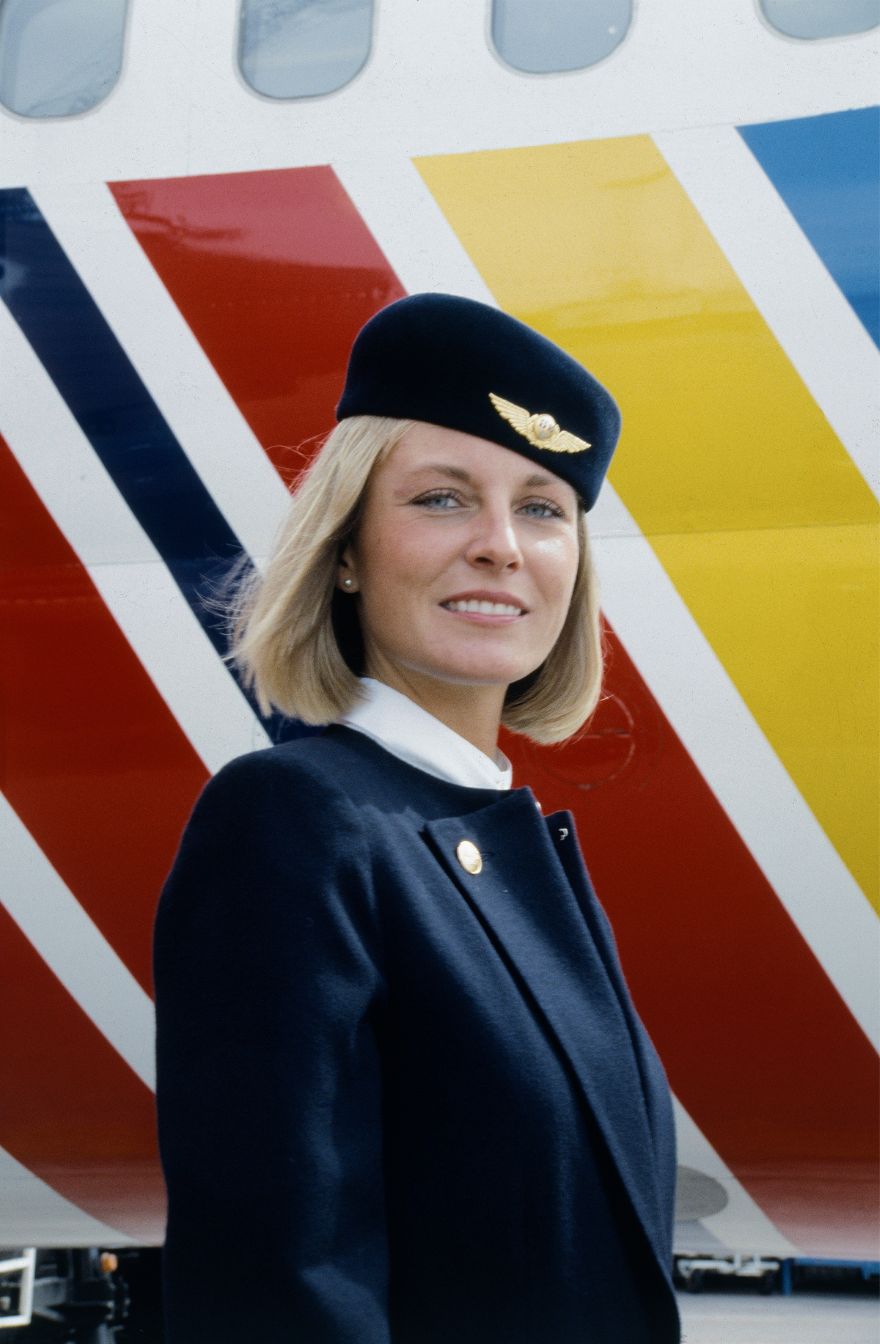
The Winds of Change
The seamless skies of the EU and the rise of new low-cost airlines in the era of deregulation posed turbulent times for SAS. Hotel interests were one of the first things to go. SAS sold its hotel chain to Radisson Hotel Group in 1992.
In 2001, the ownership structure of SAS was changed in order to attract outside investment. A holding company was created, owned by the governments of Sweden (21.4%), Norway (14.3%), and Denmark (14.3%).
A series of divestments and cost-cutting measures were orchestrated in the 2000s. Ownership stakes in British Midland International, Spanair, and airBaltic were sold.
Over the following years, SAS implemented many aggressive cost-cutting measures. These included reducing the workforce, shrinking the fleet, and dropping routes, which eventually steered SAS back to profit by 2015.
However, recent times have not been good for SAS. Pilots' strikes, air traffic control issues, the global health crisis of 2020-22, and intensive competition from other airlines have all contributed to SAS' present troubled situation.
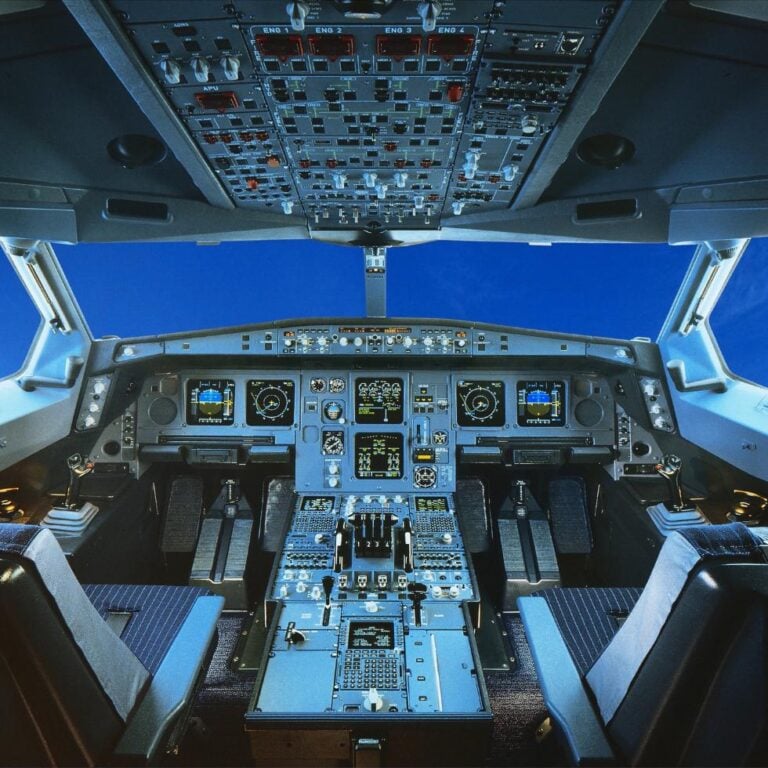
Norwegian Air's rise, fall, and rise again has been a thorn in the side of SAS throughout the 2010s and 2020s so far. Budget airline Flyr came and went, but the intensive competition continues.
All Change For SAS
The company is now taking steps to restructure once again under a plan called SAS Forward. Under the plan, two operating subsidiaries were created: SAS Connect and SAS Link. Dutchman Anko Van der Werff was hired as CEO in 2021 to deliver the plan.
SAS has recently been under bankruptcy protection as it sought funding to continue operations.
The company announced that competitor Air France-KLM will acquire a significant share in the revamped SAS. Additionally, Air France–KLM, Lind Invest, and the Danish government are collectively investing 12.9 billion Swedish kronor (approximately $1.16 billion) to support SAS.
A notable aspect of this deal is SAS's decision to leave the Star Alliance, which it helped found in 1997, and join the SkyTeam alliance, of which both Air France and KLM are members.
The Future of SAS
It will be fascinating to see whether the shift to SkyTeam will have a significant impact on the operations of SAS. At present, KLM operates a substantial network of flights to Amsterdam from regional airports in Norway.
Frequent flyers will also be keen to see what happens to the SAS EuroBonus loyalty program.
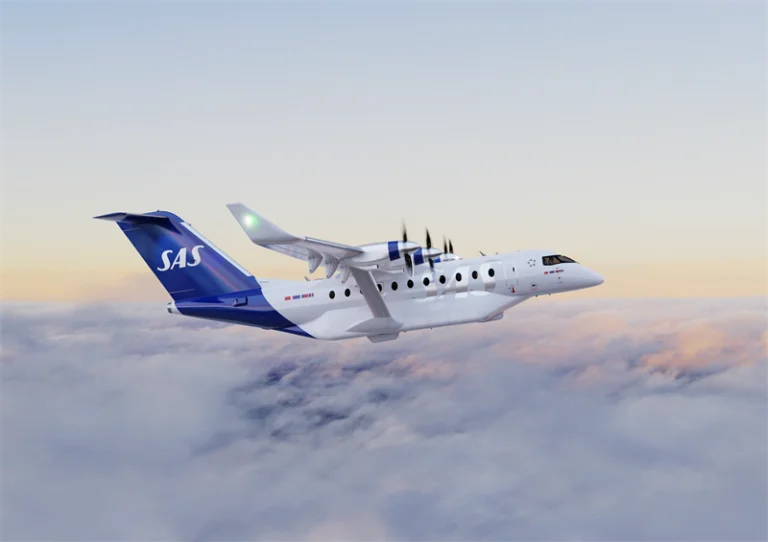
But there's a lot more going on in the aviation industry, and SAS has been at the forefront of some of those developments too.
With climate concerns and increasing fuel prices sending the cost of air travel up, the industry is looking towards electric planes as a potential saviour.
SAS has signed a Letter of Support with Sweden-based Heart Aerospace for the option to add Heart’s new electric aircraft, ES-30, to the SAS regional aircraft fleet. The electric aircraft is planned to be certified for commercial flights by 2028.
Have you ever flown with Scandinavian Airlines? What's your best memory from flying with SAS over the years? Let us know in the comments below.

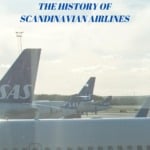

Yes, I have flown on SAS. Singapore – London (via Copenhagen) – Singapore. I was pleased to be upgraded to Business Class on the forward journey. Great airline. Wonderful service.
Your article does not mention it, but I am fairly certain SAS helped set up Thai International Airways.